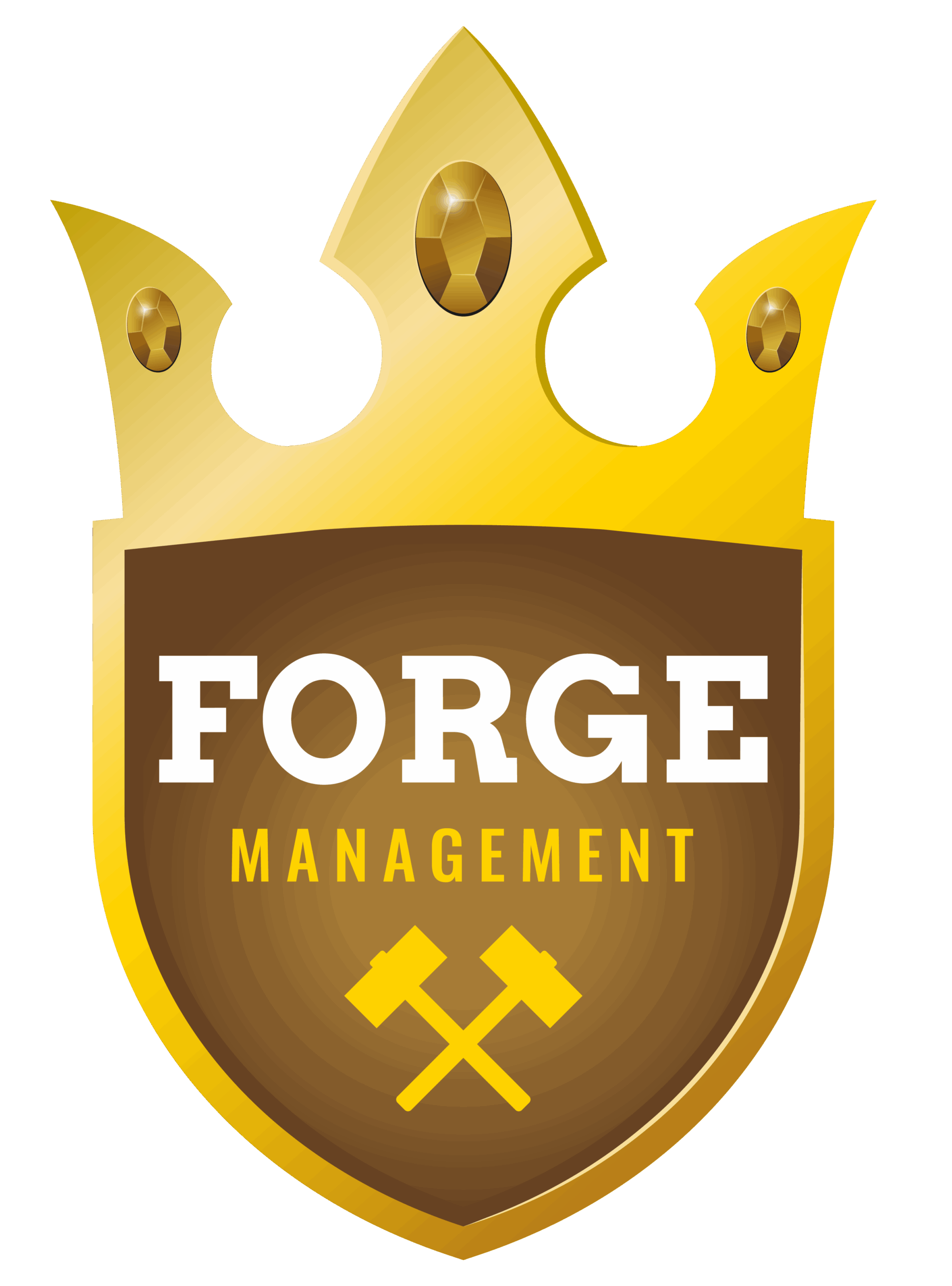Meeting someone in person transforms a routine conversation into an opportunity to build genuine rapport. When you have face-to-face interaction, you convey sincerity through posture, tone, and eye contact, creating a foundation of trust that digital channels struggle to replicate.
In-person encounters also allow you to navigate the conversation in real time, adapting based on subtle signals. This adaptability not only boosts your persuasive power but also ensures prospects feel heard and valued, paving the way for deals that close smoothly.
Preparing for the Interaction
Before you step into any meeting, a bit of planning sets the stage for success. Knowing what to expect and how to present yourself reduces stress and increases your focus on the client’s needs.
Research Attendees
- Identify key decision makers and their roles to tailor your approach to each participant’s interests. Review public profiles or past interactions to find common ground and relevant talking points.
Set Clear Objectives
- Define the meeting’s purpose, whether it’s to gather information, present solutions, or finalize terms. Outline desired outcomes and how you’ll guide the discussion toward those goals.
Plan Logistics
- Confirm the venue, arrival time, and necessary equipment to avoid last-minute hiccups. Arrive early to compose yourself and test any presentation tools.
Choose Appropriate Materials
- Select visuals or samples that complement your message without overwhelming the conversation. Prepare handouts or leave-behind summaries to reinforce key points after the meeting.
Creating Trust at the First Meeting
Trust blooms when genuine interest meets clear expertise. By demonstrating competence while showing that you care about the other party’s goals, you lay the groundwork for a solid partnership.
Demonstrate Expertise
- Share concise case studies or success stories that speak directly to the prospect’s industry. Use plain language to explain complex ideas, making your insights accessible and credible.
Show Genuine Interest
- Ask open-ended questions that encourage prospects to share challenges and aspirations. Listen actively and paraphrase their concerns to confirm you understand their unique context.
Maintain Consistency
- Follow through on any promises or commitments made during the meeting. Keep communication channels open and respond promptly to reinforce reliability.
Reading Unspoken Signals
Much of human communication happens below the surface. Tuning into body language and vocal cues helps you adjust your approach and build deeper connections.
Observe Body Language
- Notice posture shifts, gestures, and facial expressions to gauge engagement and comfort levels. Match positive cues, like nodding, to signal empathy and encourage further sharing.
Listen for Vocal Changes
- Monitor tone, pace, and volume for signs of enthusiasm or hesitation, as these subtle cues often emerge during face-to-face interaction and can guide how you adjust your delivery. Slow your speech if the prospect seems overwhelmed or speed it up to maintain energy.
Adapt in Real Time
- If you detect confusion, pause and clarify rather than forging ahead. Shift topics or presentation style based on the feedback your listeners’ cues provide.
Strengthening Connections Through Empathy
Empathy transforms a transaction into a collaborative journey. When people feel understood, they trust recommendations and open up about deeper motivations.
Practice Reflective Listening
- Restate the prospect’s concerns in your own words to show you’re fully tuned in. Validate their feelings by acknowledging challenges and empathizing with their position. This helps prospects feel seen and supported, which naturally builds trust.
Share Relevant Experiences
- Offer brief anecdotes that demonstrate you’ve encountered similar situations and found solutions. Keep stories concise and focused on lessons learned rather than personal details.
Personalize Your Approach
- Tailor examples, language, and solutions to the individual’s industry and role. Use their preferred communication style—formal, casual, data-driven, or narrative—to make your message resonate.
Delivering Clear and Convincing Proposals
A well-crafted proposal in person feels collaborative rather than transactional. Visual aids and interactive dialogue make your offer more compelling.
Use Visual Aids
- Bring prototypes, charts, or mockups that illustrate key benefits in a tangible way. Keep slides or samples minimalistic to avoid distracting from your main points.
Encourage Discussion
- Invite questions after each section instead of waiting until the end. Frame objections as opportunities to refine your proposal and demonstrate flexibility.
Highlight Value Over Features
- Emphasize outcomes—such as cost savings, efficiency gains, or revenue growth—rather than technical specs. Use real numbers and projections where possible to substantiate your claims.
Maximizing Your Impact in Person
Your presence is a powerful asset when you engage warmly and confidently. Physical proximity fosters connection and often accelerates decision-making.
Project Confidence
- Stand or sit with an open posture, maintain eye contact, and speak with a clear, steady voice. Smile genuinely to put others at ease and convey approachability.
Leverage Demonstrations
- Guide prospects through hands-on trials or live demonstrations to showcase functionality. Encourage them to interact with products or tools to reinforce belief in your solution.
Reinforce Brand Experience
- Infuse branded materials—like folders or swag—that extend the meeting’s positive impression. Provide a comfortable environment with refreshments and thoughtful touches.
Embrace face-to-face marketing
- Organize targeted meet-ups or workshops where attendees experience your brand in a memorable setting. Use these events to gather candid feedback and strengthen loyalty through shared experiences.
Partnering for Success
Strong alliances amplify your reach and expertise. Collaborating with specialized firms or networks ensures you deliver comprehensive solutions that meet client needs.
Leverage Specialist Agencies
- Engage direct marketing companies that excel in one-to-one outreach to complement your in-person tactics. Coordinate strategies to ensure messaging stays consistent across channels.
Engage Local Networks
- Tap into regional associations or business groups to access trusted referrals. Offer to speak at community events to showcase your expertise and build credibility. These local connections often open doors to long-term business relationships.
Share Resources
- Co-host seminars or roundtables with partners to offer multifaceted insights. Exchange case studies or white papers to broaden your collective influence. Collaboration allows everyone to bring unique strengths to the table.
Maintain Ongoing Collaboration
- Schedule regular check-ins with partners to review joint initiatives and adjust plans. Celebrate shared wins to reinforce the value of your alliance. Consistency strengthens trust and keeps the partnership productive.
Following Up Effectively
A timely, thoughtful follow-up sustains momentum and keeps conversations moving forward. Personalizing your outreach shows you remain invested in the prospect’s success.
Send a Personalized Recap
- Craft a summary email that highlights agreed-upon points, next steps, and deadlines. Reference specific discussion details to remind them you listened closely.
Provide Value-Added Content
- Share relevant articles, case studies, or tools that align with their priorities. Offer brief insights or tips that address challenges mentioned during the meeting. This shows you value their time and keeps everyone aligned.
Promptly Address Questions
- Respond to outstanding queries within twenty-four hours to maintain trust. Clarify any uncertainties and invite further dialogue to demonstrate dedication. This adds extra value and reinforces your role as a helpful resource.
Schedule Future Engagements
- Propose a follow-up call or meeting date before you conclude your recap. Include a clear agenda to keep the conversation focused and productive. A quick response reassures the client that they’re a priority.
Experience the Impact of In-Person Connection
Face-to-face conversations unlock a depth of connection that drives stronger relationships and smoother negotiations. By preparing thoroughly, reading nonverbal cues, showing genuine empathy, and following up with purpose, you create an experience that digital channels cannot match.
Ready to see the difference in your sales results? Schedule an in-person meeting with our Forge Management team today and discover how the power of direct interaction can transform your outcomes. Let’s take the next step toward building lasting partnerships together.

